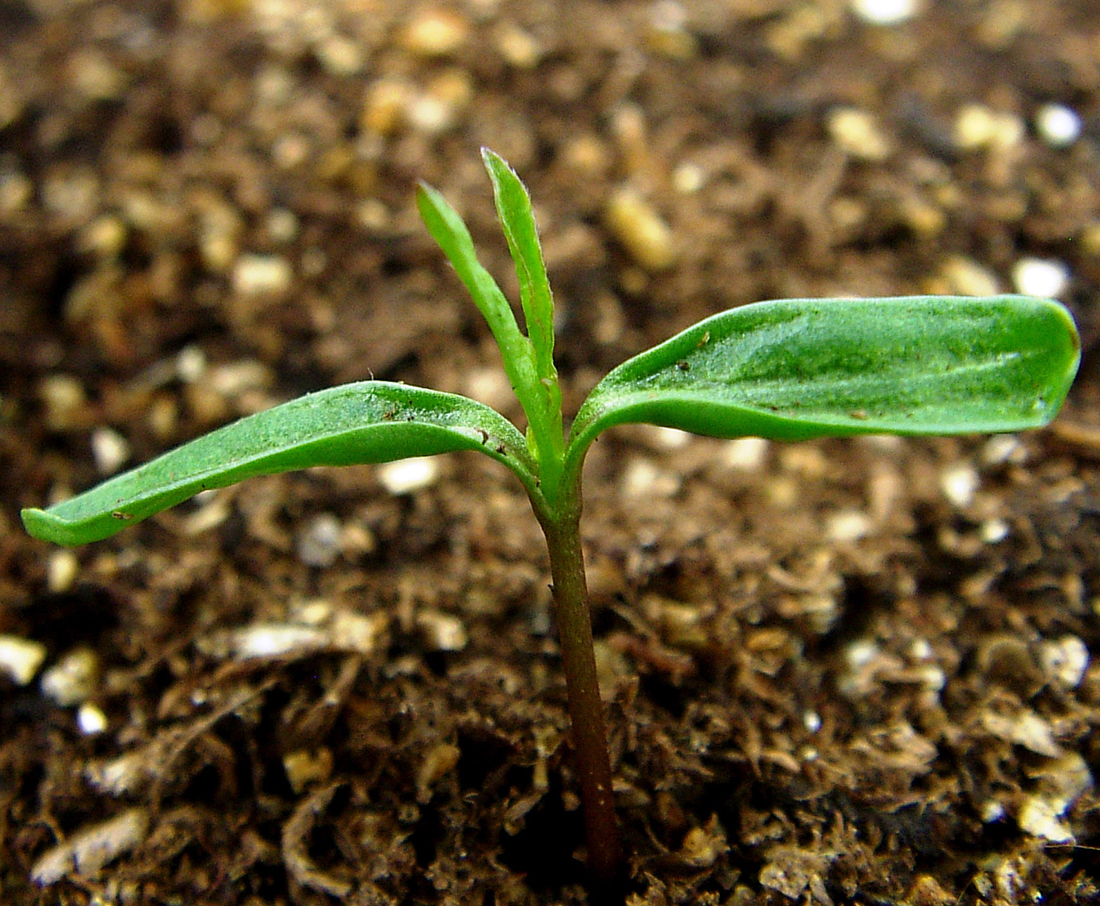Tall Beggarticks
- Composite or aster (Asteraceae family):
- Bidens vulgata Greene
- EPPO code:
- BIDVU
- Other names:
- Bur-marigold, beggar’s-ticks
Species information
- Lifecycle:
- Annual
- Propagation:
- Reproduces by seed.
- Emergence:
- Little information exists on the emergence of tall beggarticks, but spring emergence has been observed in Ontario.
- Habitat:
- Tall beggarticks grows mainly in moist areas along roadsides, in meadows and waste places and in depressions in cultivated fields.
- Competitiveness:
- No data exits on the competitiveness of tall beggarticks. It is considered a pollinator-friendly plant, since the flowers attract birds and insects.
Identification clues
Leaves
- Cotyledons:
- Elongated.
- Young leaves:
- The young leaves of tall beggarticks have opposite leaf orientation. Compound leaves have three to five lanceolate leaflets with sharp-toothed margins.
- Mature leaves:
- The mature leaves of tall beggarticks are similar to its younger leaves, but the upper stem leaves are typically smaller than the basal leaves.
Mature plant
- Stem:
- Its stem is erect, and branches up to 1 m tall. Usually, though, it grows between 30 and 60 cm tall.
- Flowers:
- Its inflorescences have a prominent centre comprised of densely packed yellowish- green disk florets that are surrounded by 10 to 16 thin bracts. Note, though, that tall beggarticks’ flower heads lack the bright yellow “petals” that nodding beggarticks has.
Often mistaken for
I know it's not Nodding beggarticks because Tall beggarticks has compound leaves with three or five leaflets while nodding beggarticks has simple leaves with no divisions. Tall beggarticks lacks the prominent yellow “petals” that nodding beggarticks has.





Updated: January 13, 2023
Published: January 13, 2023